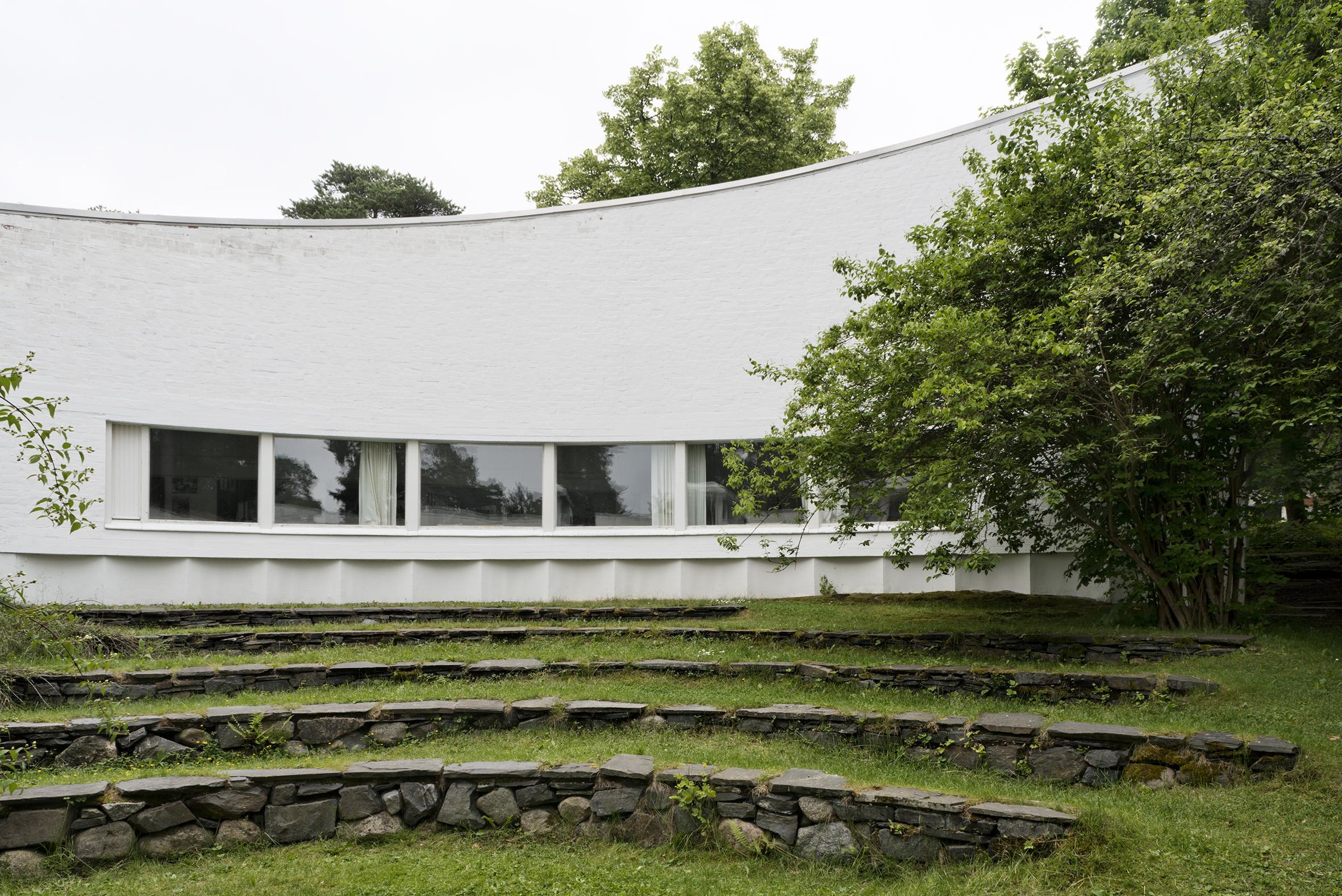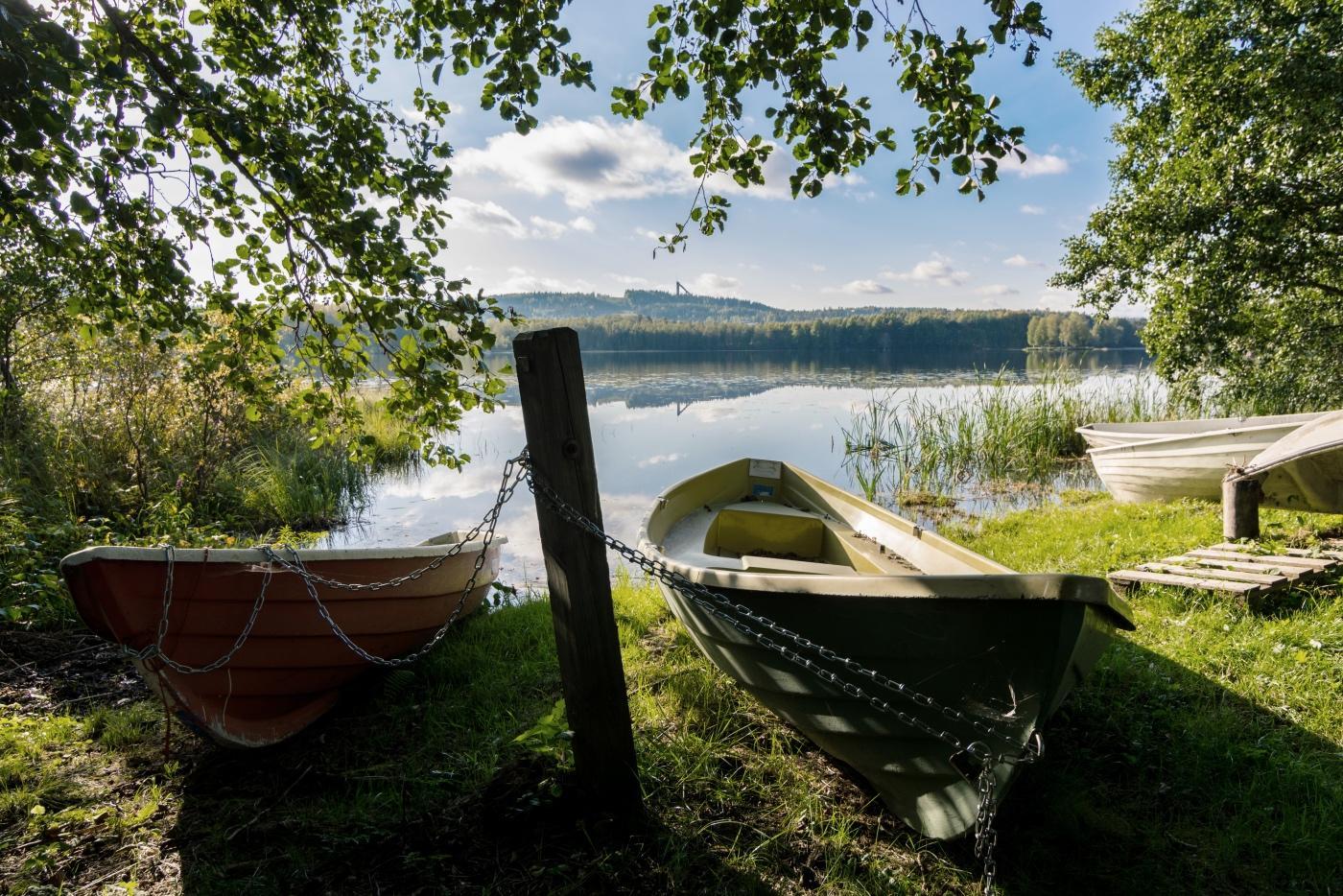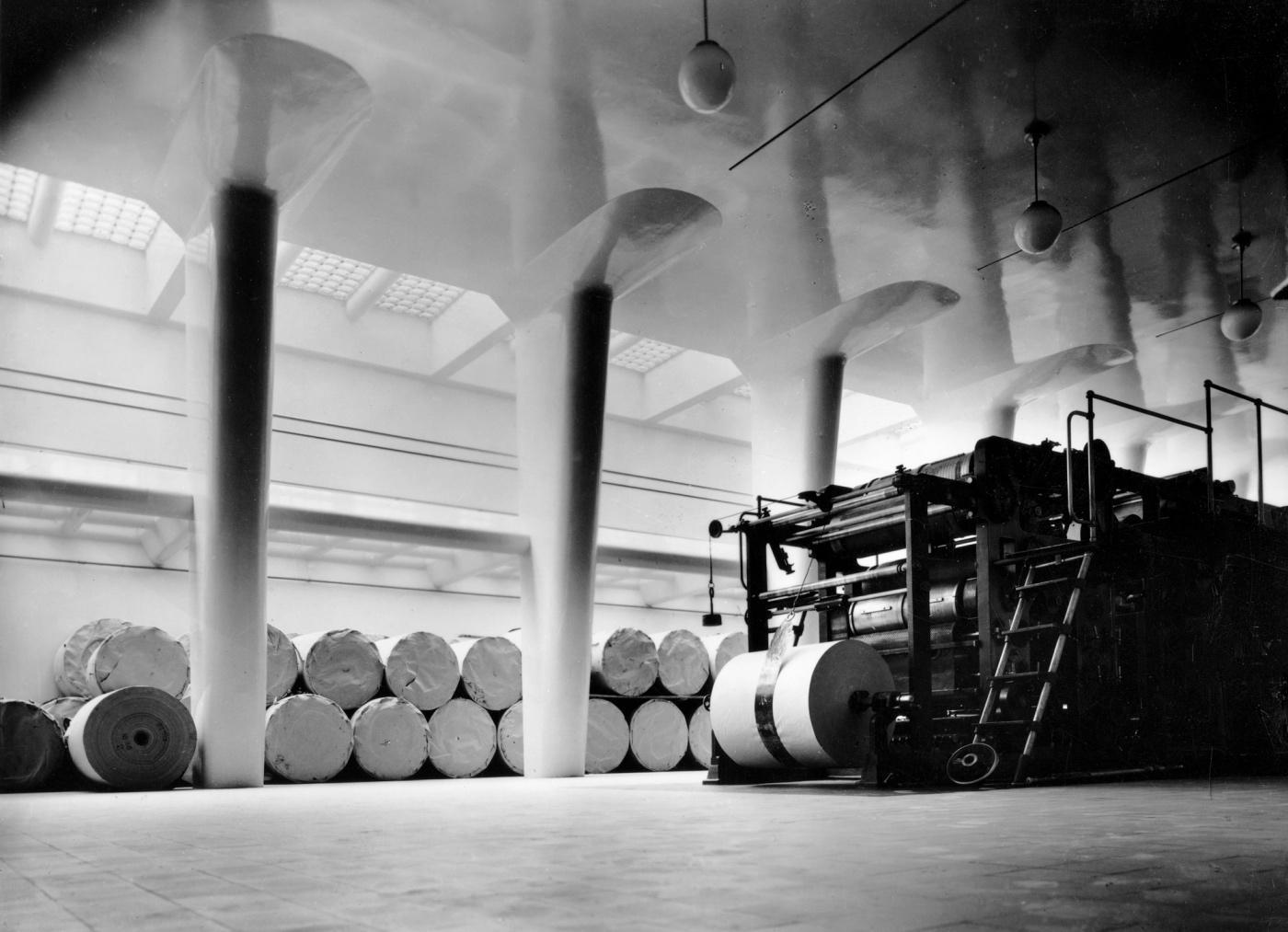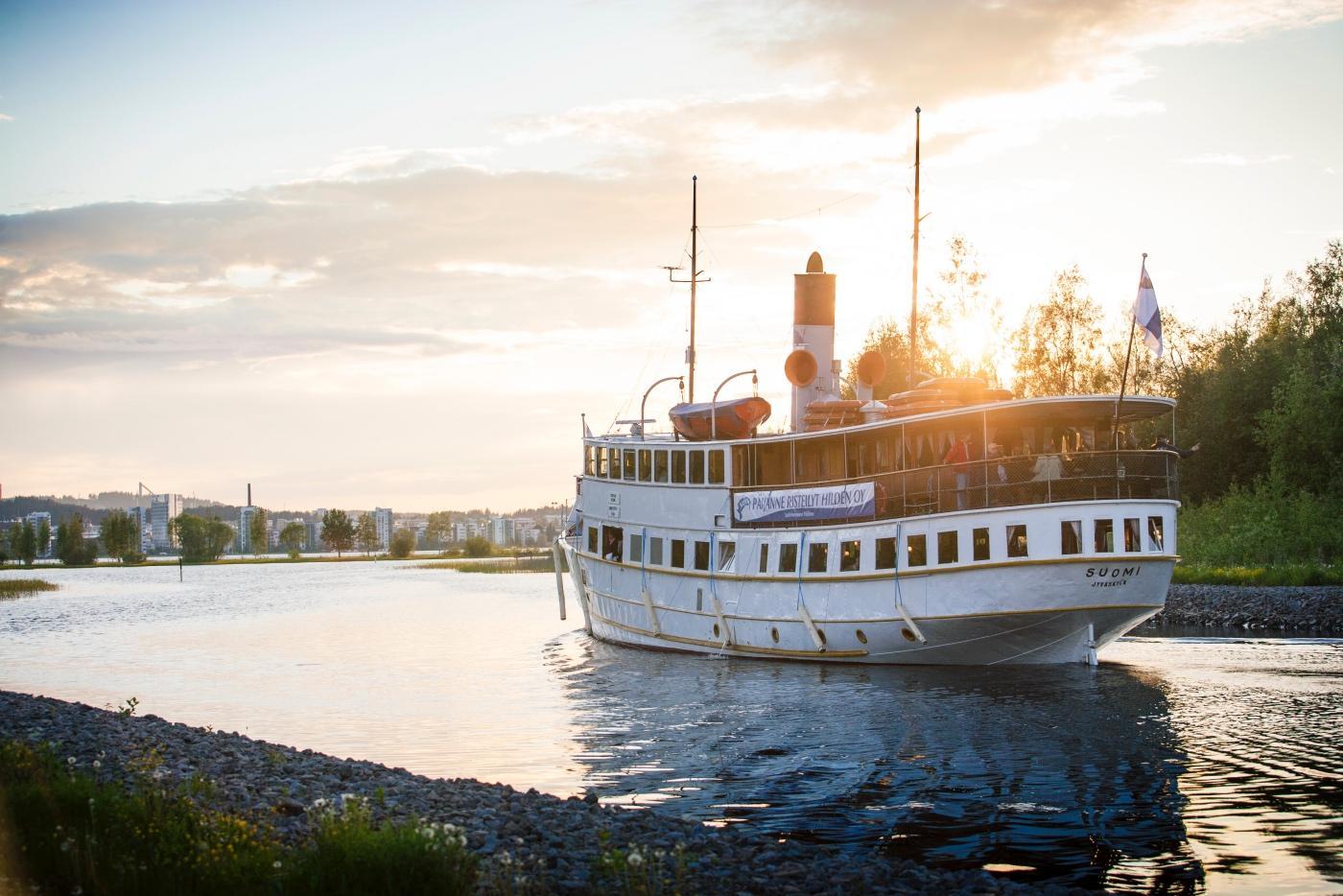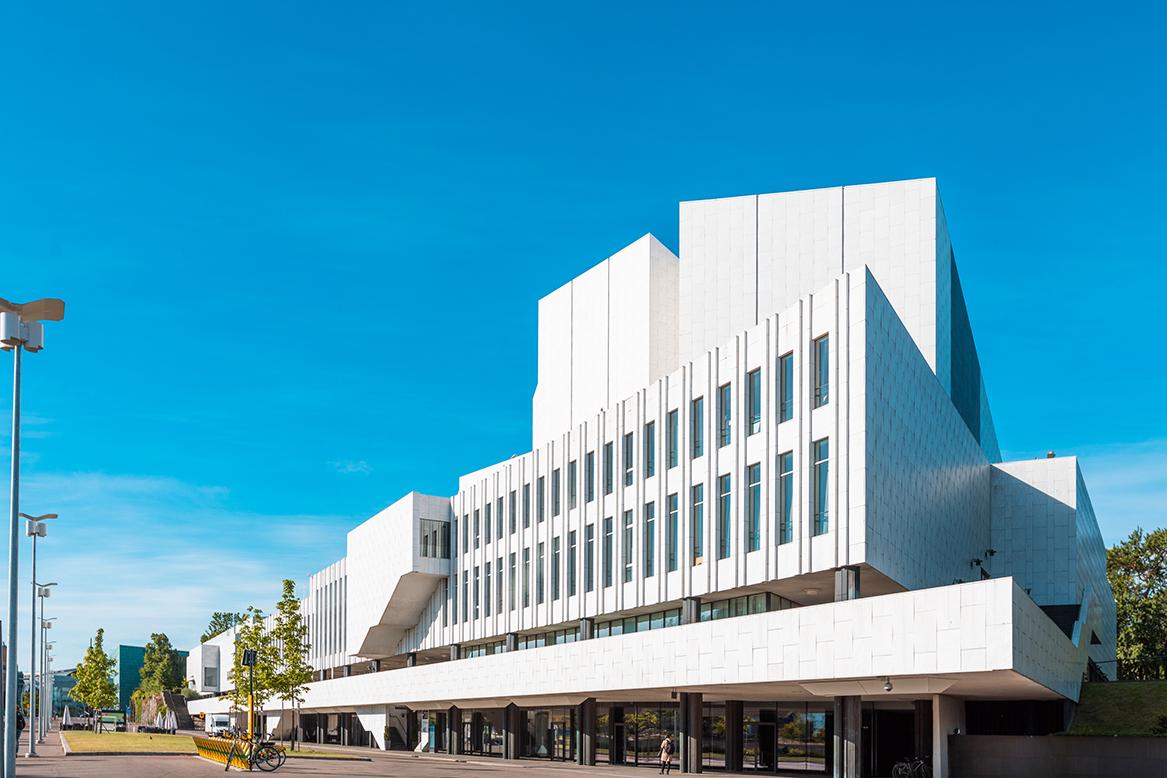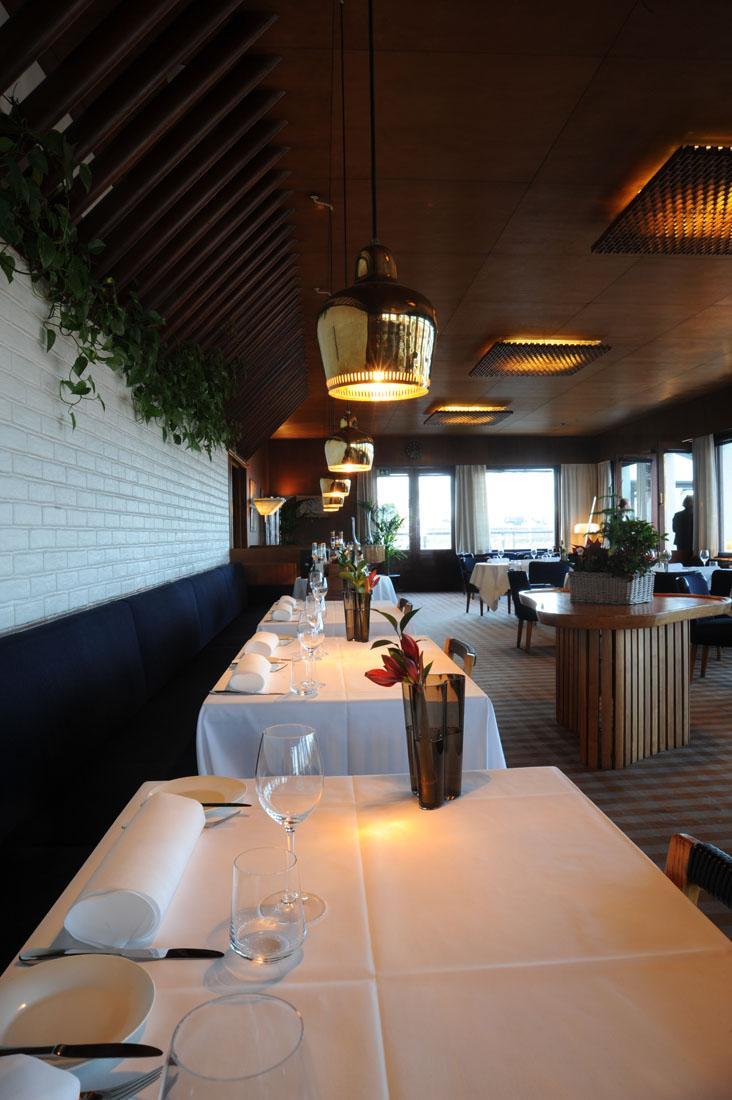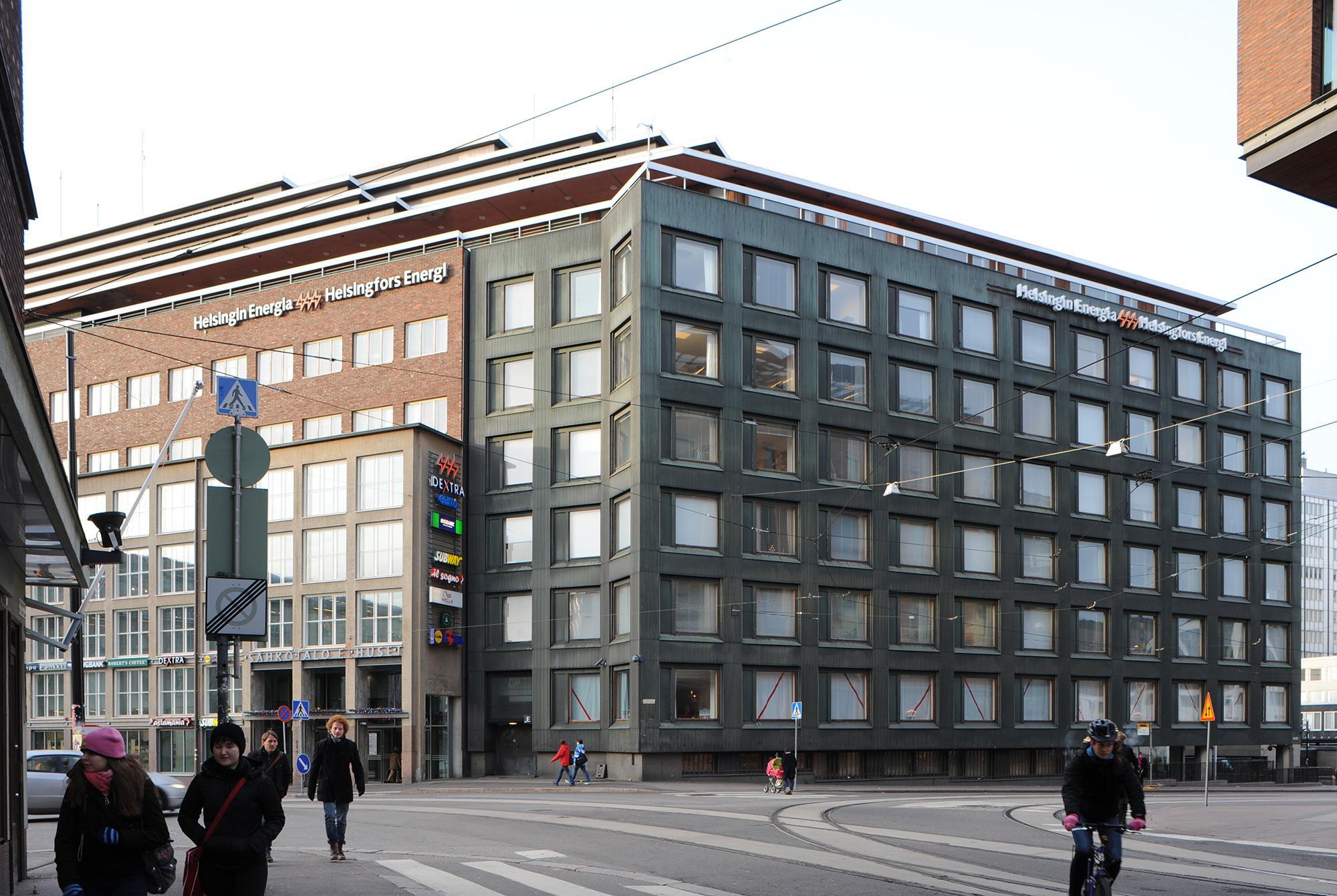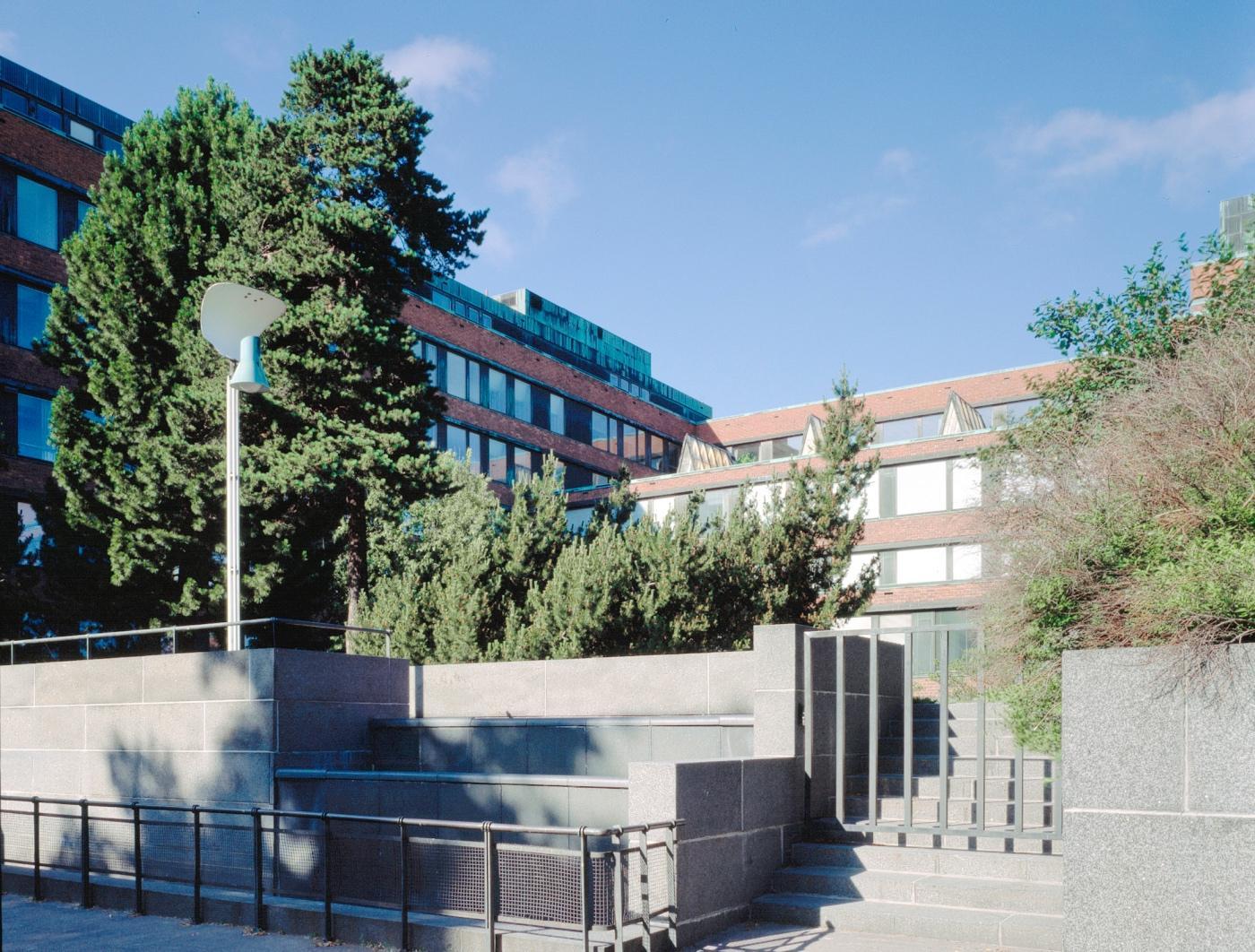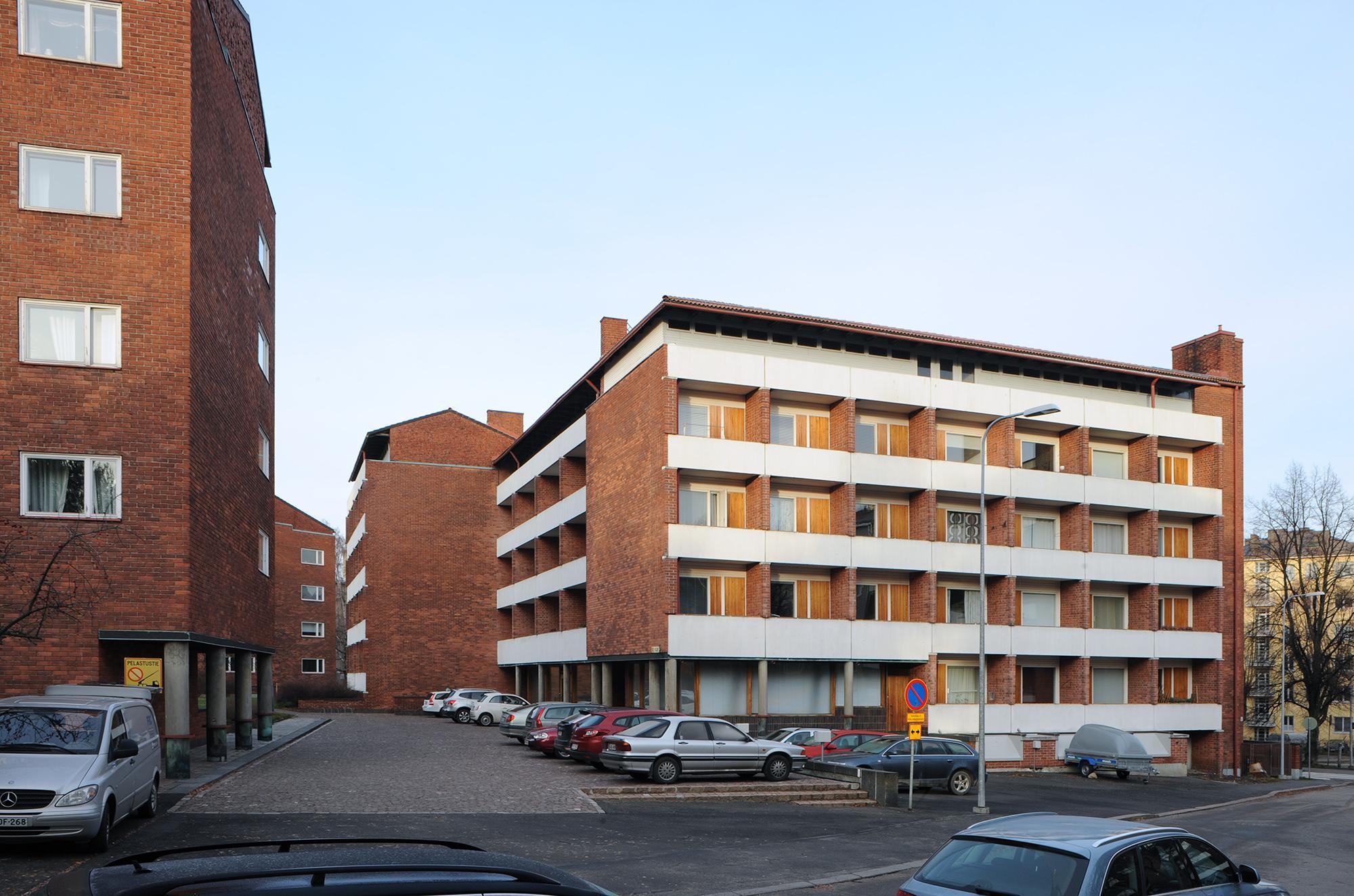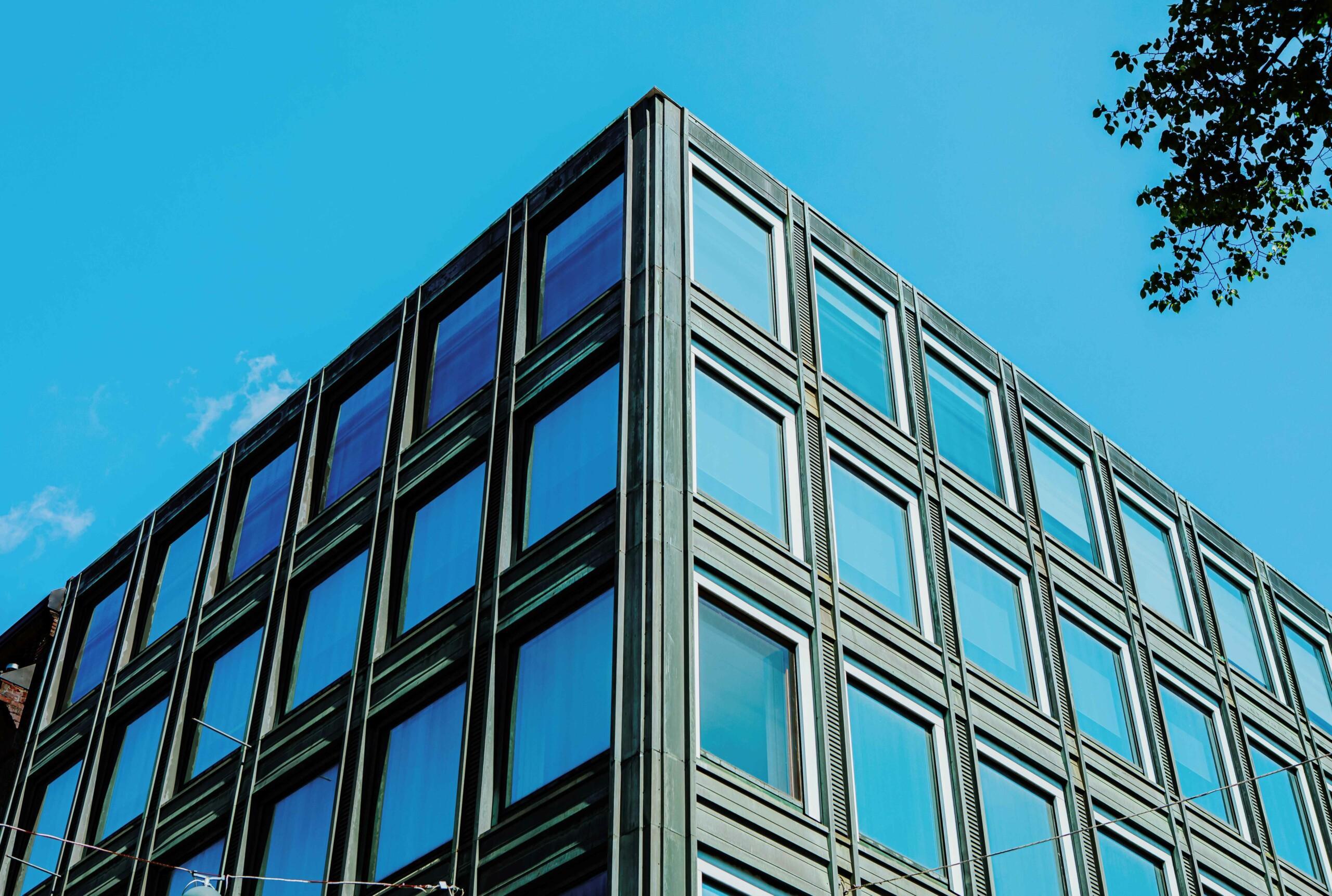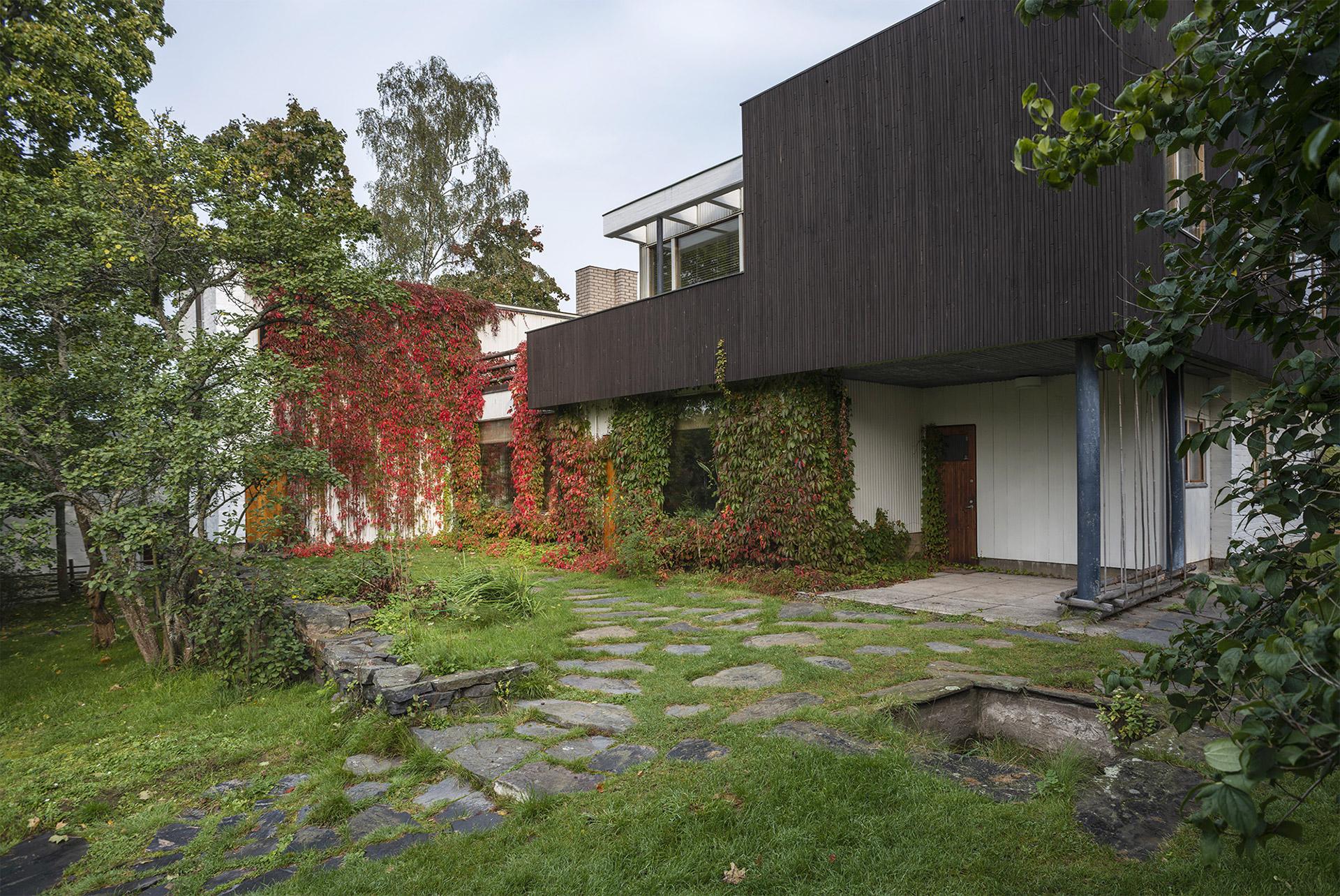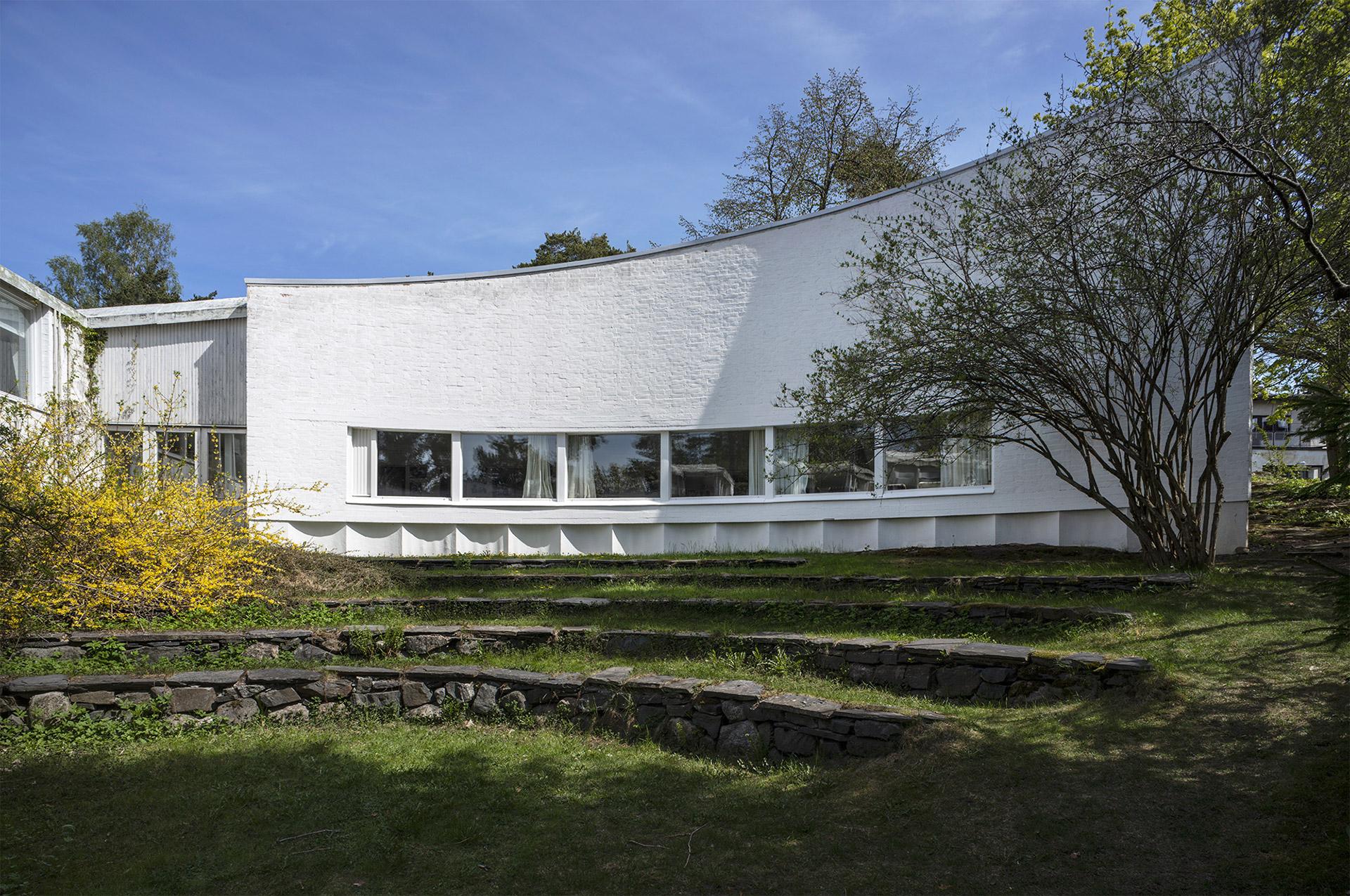A self-guided museum tour around the Laajalahti bay, outside the usual tourist routes, reveals seven unique museum sites that can be experienced together or separately. In addition to the scenic surroundings, the sites are united under interesting architecture and the fact that they have originally been homes and / or workspaces. The Didrichsen Art Museum, Villa Gyllenberg and Gallen-Kallela museums also feature significant art collections and changing exhibitions.
In Alvar Aalto’s home and office building in Munkkiniemi you can take part in guided tours all year round. Aficionados of architecture and design will get an insight into the interesting life of the Aalto family and everyday life of architects’ office. During the visit, you can also explore the beautiful gardens surrounding the buildings.
On a guided tour in Tamminiemi you will learn about the house’s most famous and longest-lived inhabitant: president Urho Kekkonen (1900–1986), and discover the original interiors and design from the 1970s. Tamminiemi’s legendary tar-smelling, seaside sauna can also be visited during the summer season.
The nearby Seurasaari open-air museum comes alive in the summer. The beautiful and fascinating traditional Finnish buildings, immersed into the magnificent natural setting of the island, constitute a favourite destination for both Helsinki locals and travellers around.
There are as many as two high-quality art museums on the small Kuusisaari island. The Didrichsen Art Museum has 2-3 changing exhibitions each year. The neighbouring Villa Gyllenberg features museum’s permanent collection which includes, amongst other masterpieces, 38 works by Helene Schjerfbeck. In addition, the museum also organises changing exhibitions. On Saturdays during the summer, Kuusisaari can be reached also by water bus running between Market Square in the city centre and Kuusisaari.
The northern shore of Laajalahti bay also offers exciting museum experiences, as well as a pleasant museum café where visitors can spend a relaxing moment. The Gallen-Kallela Museum, located in a castle-like villa designed by artist Akseli Gallen-Kallela, presents the art and life of Gallen-Kallela and his contemporaries with changing exhibitions, as well as exhibitions of contemporary art. From April you can also cycle to the museum on a city bike.
